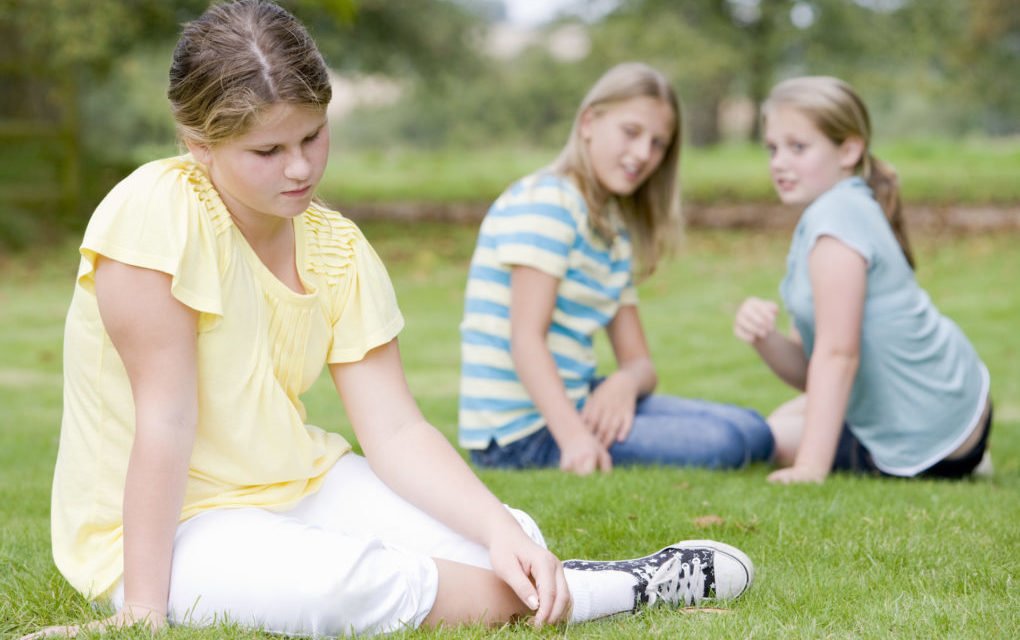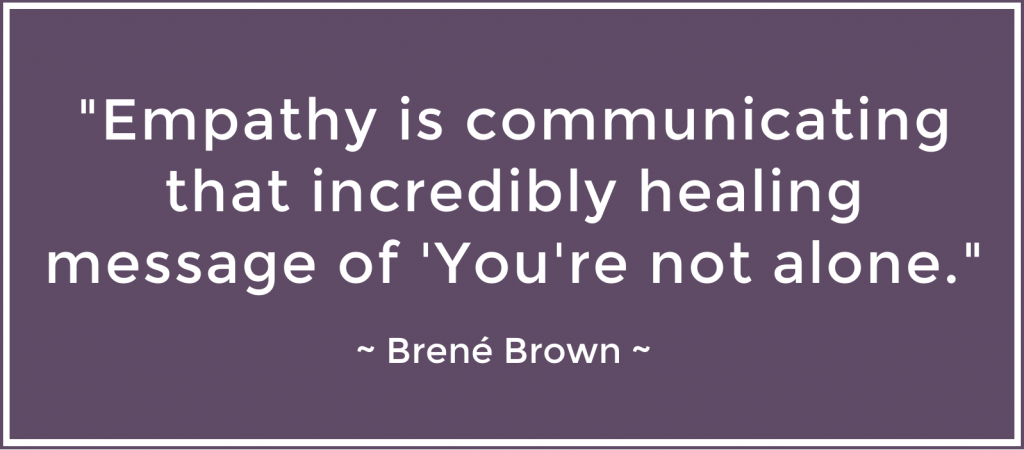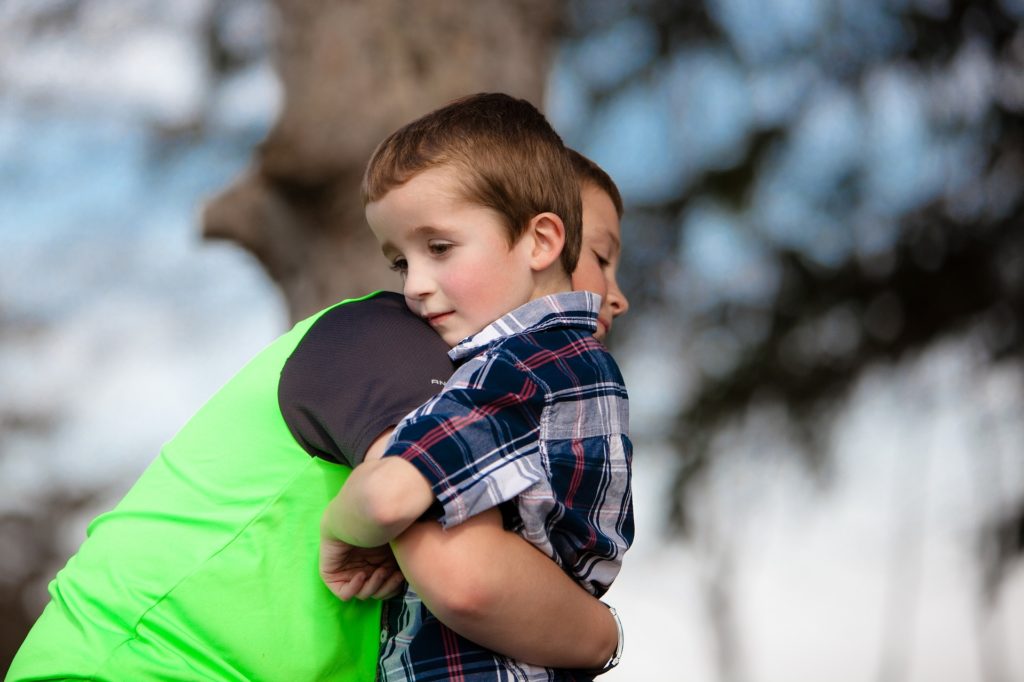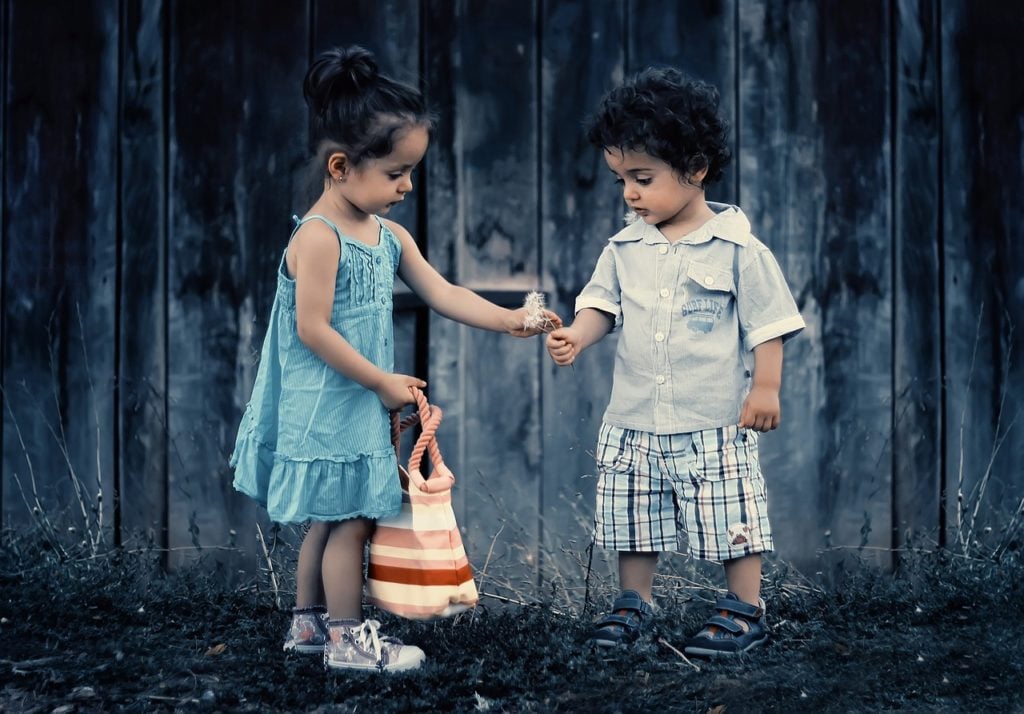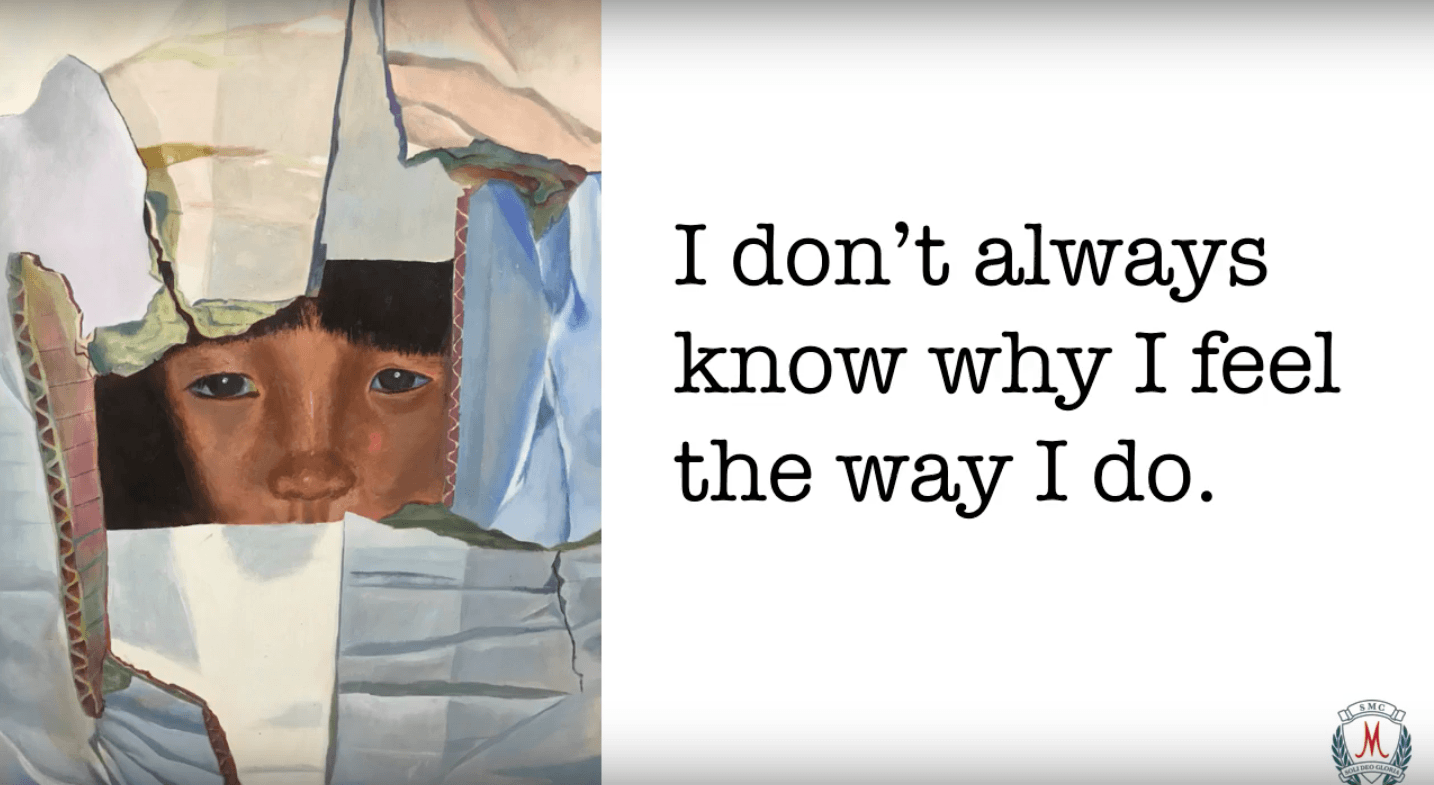Developing empathy in children of any age is vital. But how? And why do tweens and teens struggle with empathy? 10 useful strategies included.
I’m mentoring a 13-year-old girl who is being socially excluded. She is hurting and very lonely. Lately, she has been spending lunchtimes at school with a group of girls who have begrudgingly included her at the request of their teacher. However, it changed yesterday.
She went out to the lawn where they usually meet and the girls were all sitting in a circle. They were sitting with their legs crossed and their knees touching. They had formed an impenetrable little circle of inclusion and there was clearly no room for my little girl. She was out. They ignored her and then when she was walking away, they giggled.
It would be easy to demonise these little girls. How could they be so cruel? Where is their empathy? But it isn’t that easy. Even the very best of our kids go through stages where they act in ways that would horrify their parents and even makes them feel sick in hindsight.
First, we need to understand the two types of empathy and why it is sometimes hard for kids, especially our tweens and teens
Two Types of Empathy
There are two types of empathy, affective empathy and cognitive empathy. One comes naturally, one doesn’t.
Affective empathy is the kind we are all born with. This is where we naturally react to another person’s display of emotions. If someone is upset we feel upset too. If someone else smiles, we instinctively smile too.
We don’t all have affective empathy in equal amounts, but we all have it. It is like an inner light. Unfortunately, sometimes we choose to switch our empathy light off. That’s what the girls on the lawn did.
Why Do Tweens and Teens Turn Off Their Affective Empathy?
All kids occasionally turn off their affective empathy, for a few reasons:
- They often have undeveloped emotional intelligence
- They have to make themselves vulnerable
- They might have to choose empathy over belonging, and we all know that belonging is so important to them
Psychologist Jane Carmignani says, “Bullying and friendship issues gather speed because kids depersonalise. They justify their actions or ignore how the other child feels. They will carry on with hurtful behaviour because there will be some short-term gain for them. Usually, the gain is in developing their own status, sense of belonging, reputation etc. They don’t naturally consider the consequences of their actions.
“This depersonalisation is made worse if life for them is particularly challenging at the time. Then they are even less likely to pay attention to how others feel. Their focus is on themselves and meeting their own needs.”
That’s why we need cognitive empathy.
Cognitive Empathy
Cognitive empathy or ‘perspective taking’ is when we decide to really try to take someone else’s point of view. It is beyond what comes naturally. In Denmark, schools have classes once a week to teach it!
Cognitive empathy is attempting to feel what the other person feels in order to better understand and relate to them. It’s deliberately trying to make our empathy light brighter. This is the empathy we can teach our kids
Developing Empathy: 10 Strategies
1. We can teach the definition of empathy. This alone will begin the process of self-awareness. Am I an empathetic person? Could I be more empathetic?
2. Teach what empathy is…
- Listening to understand
- Allowing new ideas in
- Making ourselves vulnerable enough to feel what someone else feels
- Feeling with someone, not for someone
- Seeing others as equal to ourselves
- Removing ourselves from the picture and focusing solely on someone else
3. Teach what empathy is not…
- Judging or feeling pity
- Silver lining someone’s misfortune. Empathy never says, “At least…”
- Hijacking the conversation. Comparing their sad experience or joy with yours by telling your own story
- Waiting for your turn to talk instead of listening
- Empathy never puts people down
4. Model vulnerability. Carmignani says, “Modelling vulnerability is how we begin to develop emotional intelligence in our kids. Vulnerability is more honest and more authentic than what they are seeing on television and on social media.” They need to see it in the significant adults in their lives.”
5. Develop the ability to actively listen and read body language, give feedback and check they’ve understood what the other person is saying and feeling.
6. Reduce social media use. Digital interaction allows kids to distance themselves. Connection is what is needed.
7. Practise from a young age and continue…forever!
- Start with pets and siblings with little kids. “How does Meow feel when you pull his tail?”
- Build up to friends and characters on television.
- Gradually get kids to think about people of different ages and in completely different situations to themselves.
8. Read to them a lot and often when they are young, and even when they are older, so you can discuss what is read. Then pump them full of fiction. Fiction is particularly great because it trains kids to take someone else’s perspective.
9. Travel. Not 5-star hotel travel. Your worldview isn’t changed by being in the Hilton in every city. I mean ‘get amongst it travel’. You don’t find many bigots and bullies who are well travelled. People learn that the world is large and they are a tiny part of it. They learn how others live and why others are valuable. They see other lives…and there is no going back from there.
10. Make sure kids are involved in service. Getting to know people who are living with disadvantages such as disabilities and poverty builds empathy. It also feels good to show compassion and help, so the process is positively reinforced.
Finally…
The reality is empathy has to compete with the need to fit in and the fear of not being good enough and dozens of other disappointing human drivers. But…it is definitely a step in the right direction. Empathy can be the light in the dark spaces of human interaction. We just need to make it shine brightly.

